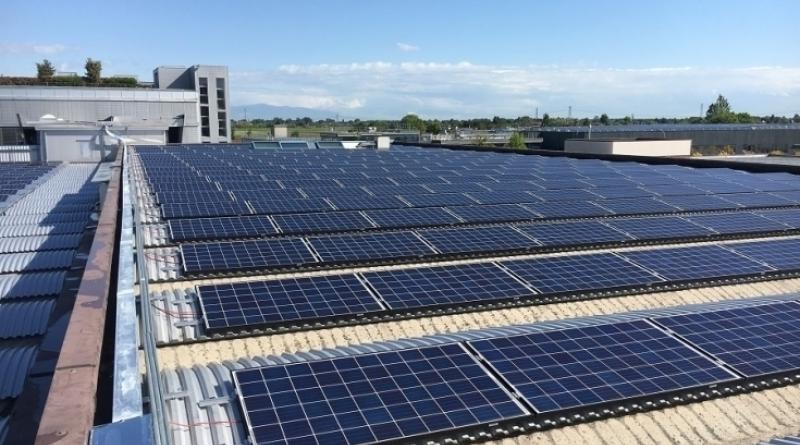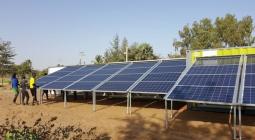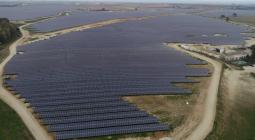Commercial solar self-consumption pays off.

Seven questions about commercial solar self-consumption to Michael Vogtmann, Chief Executive of the Franconian Section of the German Solar Energy Society (DGS).
Mr. Vogtmann, what attracts companies to install photovoltaics on their rooftops?
In spite of the cuts in subsidies, the return on equity exceeds ten percent by far, and equity rations are 20 to 30 percent. This means businesses enjoy acceptable energy payback times of around only five years. At six to nine cents per kilowatt hour for commercial installations with an output between 30 and 740 kilowatts, power generation costs are unrivalled.
How much self-consumption can businesses expect?
Depending on the demand load profile, suitably adapted, small photovoltaic installations can cover 80 to 100 percent of a company’s demand. It would make much more sense, though, to cover the whole roof with PV modules. This could help protect the climate, keep electricity costs down and produce more solar power to cover increased demand in the future, for example for electric vehicle fleets, heat pump-based power-to-heat systems or energy storage for capping peak load. What I recommend is this: completely cover the roof, starting with a self-consumption rate of maybe 30 to 50 percent. After a few years this can be increased to over 50 percent, and up to 100 percent if you have a storage system.
How can you optimize self-consumption?
Active load shifting is required, with labelling of periods with low energy demand, PV-powered machines and automatic energy management systems. Of course, storage for increased self-consumption or capping peak loads is also needed.
What developments have there been recently?
We have seen some outstanding case studies, particularly from storage industry pioneers Fenecon and Tesvolt.
What kind of roof surfaces are suitable for photovoltaics?
Any roof surface angled in any direction is suitable, because such installations match the daily load demand profile brilliantly. Of course, lightning and fire protection equipment, heat and smoke vents as well as anchor points roofs must always be installed. Potential roof renovations should also be considered during planning, of course.
What should companies pay particular attention to when planning and installing photovoltaics?
It is very important to ensure that the operating/consumption concept is implemented properly. If it can’t be guaranteed that the plant operator and the final consumer of the electricity will be the same person, profitability must be verified on the basis of the latest, strict regulations. This includes checking that the statutory EEG levy, or a mixture of reduced EEG levy and full EEG levy, apply. At DGS Franconia, we provide a customized profitability tool for all variations of EEG levies with our pv@now manager. For example, if a managing director of a limited company wants to implement their personal “PV-tax-saving-scheme-project” on the company roof, the planner must know that they are dealing with a solar power supply to third parties. This means that the full EEG levy is applied to the directly consumed solar power. One possible way around this problem could be that the limited company rents the photovoltaic installation from an investors or the managing director because this would be considered self-supply. DGS Franconia provides a PV rent and yield contract template, which can be found at www.dgs-franken.de/bestellungen. If the self-supplier does not want to take any risks, the consumption of long-term third party consumers such as canteens, parcel processing stations or shop-in-shop systems has to be measured, invoiced and applied to the EEG levy.
What is the long-term prospect for PV on commercial rooftops?
In the mid-term, PV storage systems in commercial buildings will become an increasingly important element in the energy supply for entire neighborhoods with electricity from photovoltaics and co-generation. For this to happen, electricity legislation and regulations have to become better aligned with one another and a CO2 charge has to be introduced. By then, business models such as semi-public electric car charging stations, affordable regional green power that is sold to neighboring businesses and other electricity consumers through blockchain technology will be common practice. (HCN)
The interview was conducted by experts from Intersolar Europe.
28 March 2019





